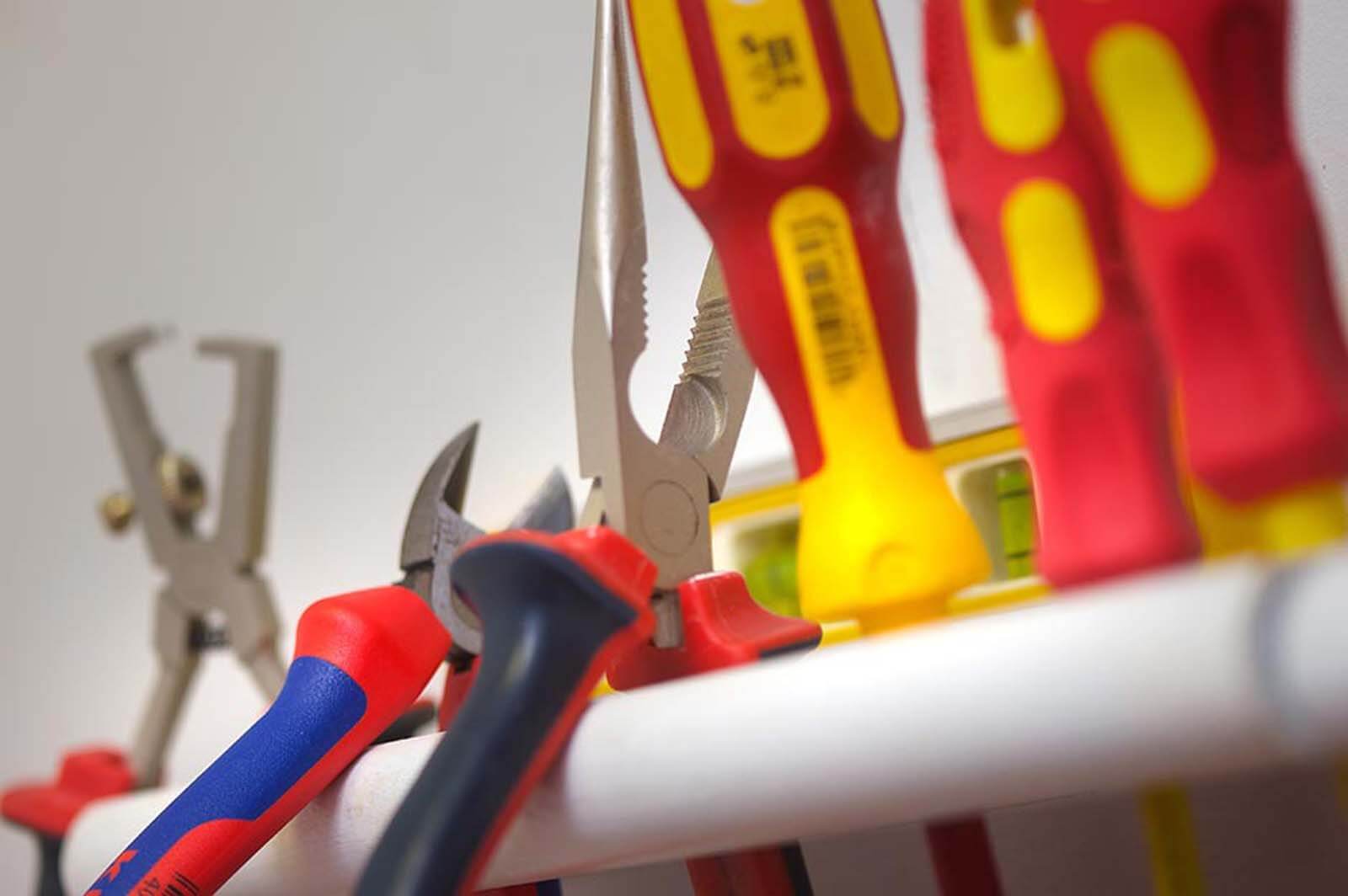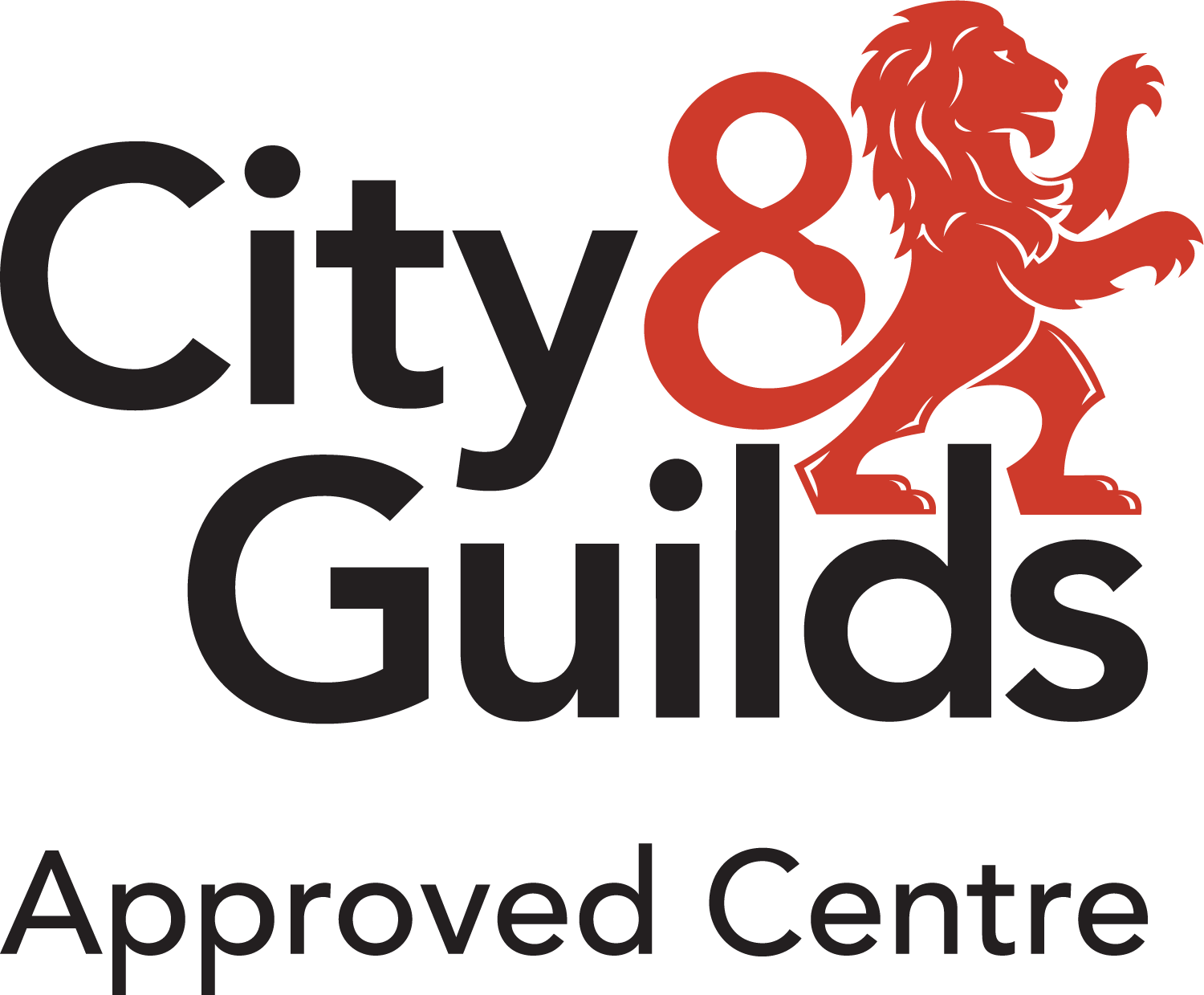When it comes to PAT testing, it is not so much about the charge, it is about the level of service required to determine the safety of a portable appliance. Some types of defect can be found by a visual inspection of an appliance, however other faults can only be discovered by testing. Both components are essential for effective PAT testing.
There are a number of methods available to carry out PAT testing, the most two effective and recommended methods are:
- a qualified and registered electrician who offers a PAT testing service
- a qualified PAT tester.
You can find out more on our PAT testing courses pages
Background to PAT Testing
PAT testing, known as Portable Appliance Testing is proper examination of electrical appliances and equipment to determine if they are safe to use. The examination consists of both a formal visual inspection and testing by a competent person.
Although PAT testing itself is not compulsory under law, it satisfies the requirements of the Electricity at Work Regulations 1989 which states ‘all electrical systems (including electrical appliances) are maintained (so far as is reasonably practicable) to prevent danger.’ PAT testing is the most straightforward way to satisfy the regulations and as such, practically every business has PAT testing carried out on a regular basis. The reasons for this are pure common sense. Each appliance tested and which passes is labelled with a green label. Employees have the peace of mind that the appliance they are using has been expertly tested and is certified as safe. Additionally, a certificate of PAT testing will be issued along with the serial numbers of every appliance that has been tested.
PAT testing as a system is not new, even prior to the 1970’s workers were familiar with labelling on electrical appliances, particularly tools labelled with ‘passed’ ‘tested for electrical safety’ and ‘do not use’. Such tests were recorded in extensive log books – and were no doubt very time consuming to maintain.
PAT Testing Responsibilities


As such, PAT testing charges do vary according to the service offered by the person carrying out the testing and the quantity of appliances that need to be tested. A qualified PAT tester charges on average £1-£2 per item, however this is often discounted for larger quantities. A minimum fee will often apply in order for the PAT tester to cover their costs. PAT testers will also offer different testing programmes for their clients. For example landlords needs will be different to the needs of a large office block.
A qualified and registered electrician may charge a higher fee for PAT testing. This is because extra benefits may apply and some rewiring and other repairs to the internal electrical installation can be carried out as well as the possible repair of any appliance that fails.
How much ‘should’ be charged for PAT testing?
A quick search of the internet reveals many differing charges for PAT Testing – the lowest charge we saw was for 67p per item. However it is worth considering what your customer is getting for their money. It is essential that equipment is tested properly – untrained PAT testers have been found to:
- Duplicate results
- Not check fuses
- Overlook dangerous faults on visual inspections
- Issue labels for equipment not tested
- Wrong equipment used or worse still no equipment
It is the responsibility of the business to ensure that their electrical equipment is safe for use. If electrical shock or injury occurs as a result of faulty equipment, businesses can get sued or prosecuted by the Health and Safety Executive (HSE) so it is important to select a PAT tester with care.
A qualified and experienced PAT tester can test properly on average 150 items per day in an industrial setting and up to 300 items per day in an office setting. Of course this is largely dependant on access to rooms and the equipment. However PAT testers claiming to test in excess of this number may not be offering the service stated.
Whilst some PAT testing may be low per item, such PAT testers charge extra for additional services such as to replace a plug or change a fuse. Other PAT testers charge a higher fee which is all inclusive.
Staying competitive
A fair and competitive charge and proper testing of appliances is the way to go. There is are no specific rules when it comes to PAT Testing charges and every PAT tester has their own reasons for their charge rate. However when pricing, it is important to factor in other expenses such as fuel, VAT, labels and other material costs as well as the time needed to test the appliances correctly. Remember to allow time to walk around the building to access the equipment as well as allowing staff time to log off work stations, tills, and other essential equipment.
As we said at the start of our post PAT testing is more than just price. PAT testing plays a key role in the electrical safety of workplaces and protecting others from the dangers of electricity.





















